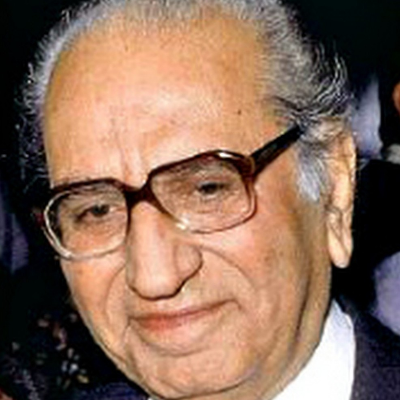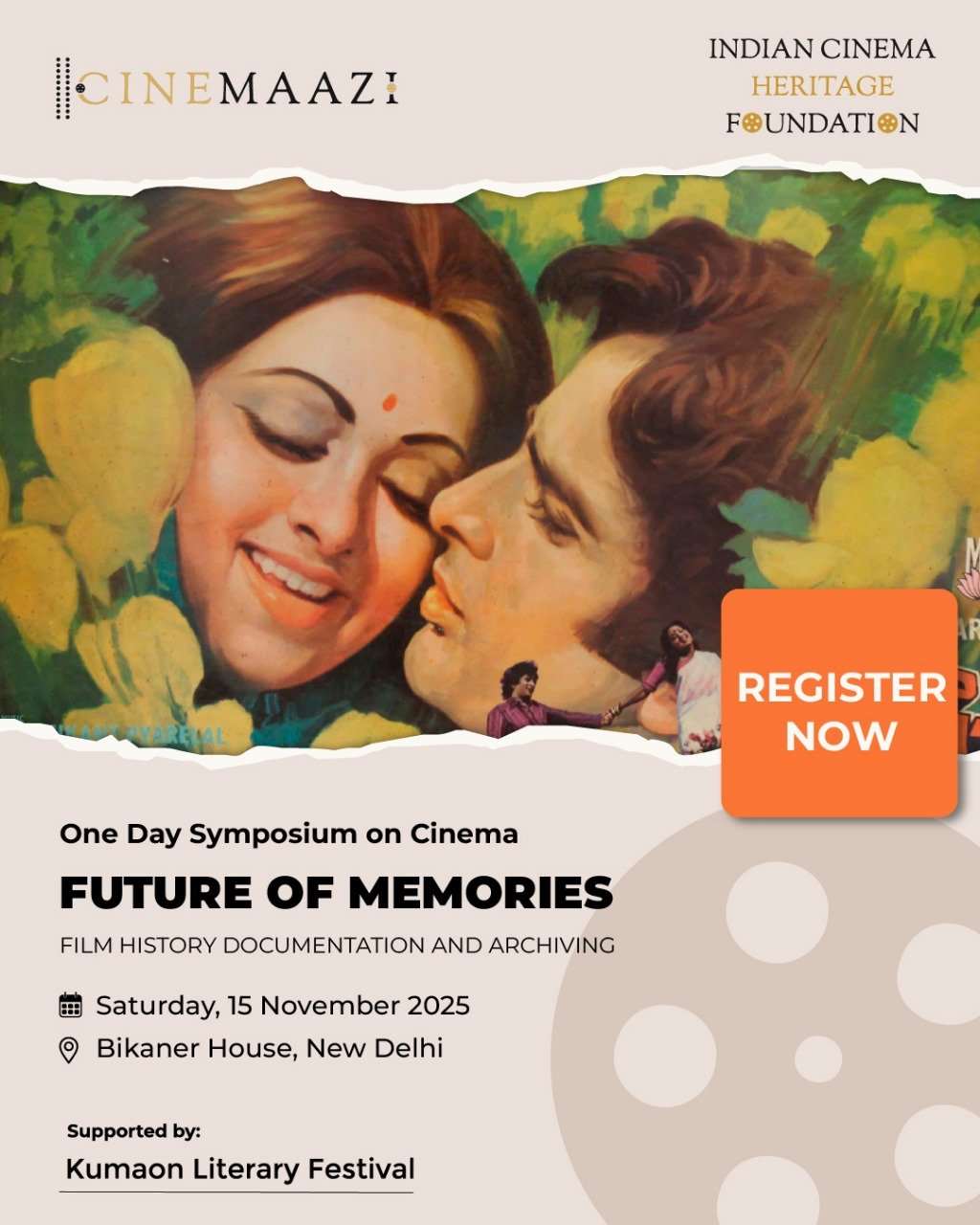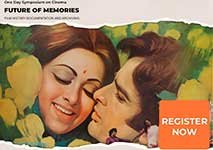Sapan-Jagmohan
Subscribe to read full article
This section is for paid subscribers only. Our subscription is only $37/- for one full year.
You get unlimited access to all paid section and features on the website with this subscription.
Not ready for a full subscription?
You can access this article for $2 , and have it saved to your account for one year.
- Real Name: Sapan Sengupta, Jagmohan Bakshi
- Born: 17 July, 1932 (Sapan), 29 July, 1929 (Jagmohan)
- Died: 3 November, 2010 (Jagmohan)
- Primary Cinema: Hindi
Sapan Sengupta and Jagmohan Bakshi together formed a successful music director duo of the 1970s, popularly known as Sapan-Jagmohan. They composed music for more than 70 films across Hindi, Punjabi, Bengali and Bhojpuri languages. Starting their career as singers in Salil Chowdhury’s Bombay Youth Choir, they also provided playback as backup singers in Hindi films. In time, they made their debut as music directors. They went on to compose music for films such as Pratibha (1984), Dushmano Ka Dushman (1984), Prem Yudh (1985), Swarthi (1986), Kajari (1989), Saiyan Ke Gaon Mein (1991), Woh Chhokri (1994), Tara Rani Ki Amar Katha (1994), and Ghar Ka Kanoon (1995). Among the popular songs they scored are Main to har mod par (Chetna, 1970), Hum hai jahan (Call Girl, 1974) and Ae mere dil diwane (Laal Kothi, 1978). Working mainly in B-grade films, their musical style was inspired by that of R D Burman. While most of their compositions were based on Naqsh Lyallpuri’s lyrics, they also worked with lyricists like Indeevar, Shailendra and M G Hashmat.
Born on 17 July, 1932, Sapan Sengupta was the neighbour of well-known composer and singer Pankaj Mullick. Sengupta considered Mullick as his guru, drawing inspiration from his work. He headed to Bombay in 1957.
Jagmohan Bakshi, born on 29 July, 1929, headed to Bombay in 1952, drawn by his love for singing and music. Graduating from Lucknow University, Jagmohan was fond of dancing and singing as a child.
Both Sapan and Jagmohan started off as chorus singers in the city, joining the Bombay Youth Choir formed by well-known composer Salil Chowdhury. They shared a common love for music as well as memories of Partition and soon became good friends. While Sapan also composed for All-India Radio when in Bombay, Jagmohan sang a few songs in Hindi films, such as Dekho maane nahi roothi haseena from Taxi Driver (1954), which was picturised on Dev Anand. He also rendered a popular duet with Mohammed Rafi - Ghir ghir aaye badarvaa in the Kishore Sahu film, Hamlet (1954). This association later led to him being offered the opportunity to compose the music for director Sadashiv Row Kavi’s Begaana (1963). This debut film of Sapan-Jagmohan as music directors included their exceptional song Phir woh bhooli si yaad aayi hai, which was rendered memorably by Rafi.
Debuting around the same time as R D Burman, Sapan-Jagmohan did not get the big breaks that the former did. Despite scoring music mainly for B-grade films, they nevertheless scored some noteworthy songs. Their composition Phir woh bhooli si yaad aayi hai from Begana (1963) was extremely melodious, penned by Shailendra and rendered by Rafi. The film also included solos by Lata Mangeshkar, namely Bulaati hai bahaar, and by Mukesh - Na jane kahan kho aaya woh zamana.
The film Teri Talaash Mein (1968) saw the duo adopt a style reminiscent of R D Burman’s. The producer of the film was said to be so impressed by their song Kho diye hain sanam teri talash mein, that he apparently changed the title of the film to Teri Talaash Mein. The song was rendered by Asha Bhosle.
For Chetna (1970), their composition Main to har mod par tujhko doonga sadaa became one of their most popular songs. Often mistaken for a Kalyanji-Anandjii composition, the song was sung by Mukesh. It was marked by its santoor start, and flute in the interludes.
Ulfat mein zamane ki remains one of Sapan–Jagmohan’s most popular songs. This number from the film Call Girl (1974) was sung by Kishore Kumar. The song’s tune matched by superior singing by Kishore Kumar, admirable arrangement and lyrics by Naqsh Lyallpuri, marked it as a winner.
Their composition Nathaniya ne haay ram bada dukh dina from Sajjo Rani (1976) was another success. A semi-classical number, it was rendered by Shobha Gurtu, known for her rendering of thumri. If it failed to become highly popular, it was mainly due to the fact that the film did not make a mark at the box office.
Among the many films Sapan-Jagmohan scored music for are Aayega Aanewala (1967), Insaaf Ka Mandir (1969), Johnny Uska Naam (1970), Baazigar (1972), Nai Duniya Naye Log (1973), Do Nambar Ke Amir (1974), Dharamjeet (1975), Raees (1976), Videsh (1977), Lal Kothi (1978), Sheetla Mata (1981), Milenge Kabhi (1984), Prem Yudh (1985), Gunehgaar (1986), and Pyari Dulhaniya (1989). They also scored music for the teleserials Chunauti (1987), and Neev (1991).
Most Sapan-Jagmohan compositions were based on Naqsh Lyallpuri’s lyrics. Lyallpuri played an important role in their career, penning lyrics for approximately half of the 42 films they composed music for. They also worked with lyricists such as Indeevar, Shailendra and M G Hashmat.
Given Sapan-Jagmohan’s body of work, they emerge as well-rounded composers. Despite being mostly relegated to B-grade films, they did not lack enthusiasm and motivation, and poured their best into their compositions.
Sapan Sengupta and Jagmohan Bakshi together formed a successful music director duo of the 1970s, popularly known as Sapan-Jagmohan. They composed music for more than 70 films across Hindi, Punjabi, Bengali and Bhojpuri languages. Starting their career as singers in Salil Chowdhury’s Bombay Youth Choir, they also provided playback as backup singers in Hindi films. In time, they made their debut as music directors. They went on to compose music for films such as Pratibha (1984), Dushmano Ka Dushman (1984), Prem Yudh (1985), Swarthi (1986), Kajari (1989), Saiyan Ke Gaon Mein (1991), Woh Chhokri (1994), Tara Rani Ki Amar Katha (1994), and Ghar Ka Kanoon (1995). Among the popular songs they scored are Main to har mod par (Chetna, 1970), Hum hai jahan (Call Girl, 1974) and Ae mere dil diwane (Laal Kothi, 1978). Working mainly in B-grade films, their musical style was inspired by that of R D Burman. While most of their compositions were based on Naqsh Lyallpuri’s lyrics, they also worked with lyricists like Indeevar, Shailendra and M G Hashmat.
Born on 17 July, 1932, Sapan Sengupta was the neighbour of well-known composer and singer Pankaj Mullick. Sengupta considered Mullick as his guru, drawing inspiration from his work. He headed to Bombay in 1957.
Jagmohan Bakshi, born on 29 July, 1929, headed to Bombay in 1952, drawn by his love for singing and music. Graduating from Lucknow University, Jagmohan was fond of dancing and singing as a child.
Both Sapan and Jagmohan started off as chorus singers in the city, joining the Bombay Youth Choir formed by well-known composer Salil Chowdhury. They shared a common love for music as well as memories of Partition and soon became good friends. While Sapan also composed for All-India Radio when in Bombay, Jagmohan sang a few songs in Hindi films, such as Dekho maane nahi roothi haseena from Taxi Driver (1954), which was picturised on Dev Anand. He also rendered a popular duet with Mohammed Rafi - Ghir ghir aaye badarvaa in the Kishore Sahu film, Hamlet (1954). This association later led to him being offered the opportunity to compose the music for director Sadashiv Row Kavi’s Begaana (1963). This debut film of Sapan-Jagmohan as music directors included their exceptional song Phir woh bhooli si yaad aayi hai, which was rendered memorably by Rafi.
Debuting around the same time as R D Burman, Sapan-Jagmohan did not get the big breaks that the former did. Despite scoring music mainly for B-grade films, they nevertheless scored some noteworthy songs. Their composition Phir woh bhooli si yaad aayi hai from Begana (1963) was extremely melodious, penned by Shailendra and rendered by Rafi. The film also included solos by Lata Mangeshkar, namely Bulaati hai bahaar, and by Mukesh - Na jane kahan kho aaya woh zamana.
The film Teri Talaash Mein (1968) saw the duo adopt a style reminiscent of R D Burman’s. The producer of the film was said to be so impressed by their song Kho diye hain sanam teri talash mein, that he apparently changed the title of the film to Teri Talaash Mein. The song was rendered by Asha Bhosle.
For Chetna (1970), their composition Main to har mod par tujhko doonga sadaa became one of their most popular songs. Often mistaken for a Kalyanji-Anandjii composition, the song was sung by Mukesh. It was marked by its santoor start, and flute in the interludes.
Ulfat mein zamane ki remains one of Sapan–Jagmohan’s most popular songs. This number from the film Call Girl (1974) was sung by Kishore Kumar. The song’s tune matched by superior singing by Kishore Kumar, admirable arrangement and lyrics by Naqsh Lyallpuri, marked it as a winner.
Their composition Nathaniya ne haay ram bada dukh dina from Sajjo Rani (1976) was another success. A semi-classical number, it was rendered by Shobha Gurtu, known for her rendering of thumri. If it failed to become highly popular, it was mainly due to the fact that the film did not make a mark at the box office.
Among the many films Sapan-Jagmohan scored music for are Aayega Aanewala (1967), Insaaf Ka Mandir (1969), Johnny Uska Naam (1970), Baazigar (1972), Nai Duniya Naye Log (1973), Do Nambar Ke Amir (1974), Dharamjeet (1975), Raees (1976), Videsh (1977), Lal Kothi (1978), Sheetla Mata (1981), Milenge Kabhi (1984), Prem Yudh (1985), Gunehgaar (1986), and Pyari Dulhaniya (1989). They also scored music for the teleserials Chunauti (1987), and Neev (1991).
Most Sapan-Jagmohan compositions were based on Naqsh Lyallpuri’s lyrics. Lyallpuri played an important role in their career, penning lyrics for approximately half of the 42 films they composed music for. They also worked with lyricists such as Indeevar, Shailendra and M G Hashmat.
Given Sapan-Jagmohan’s body of work, they emerge as well-rounded composers. Despite being mostly relegated to B-grade films, they did not lack enthusiasm and motivation, and poured their best into their compositions.
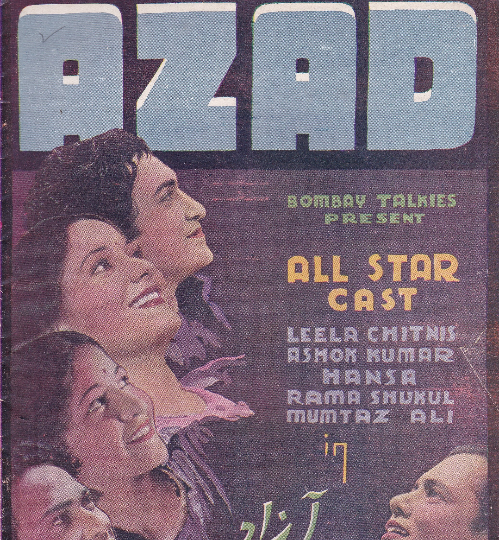
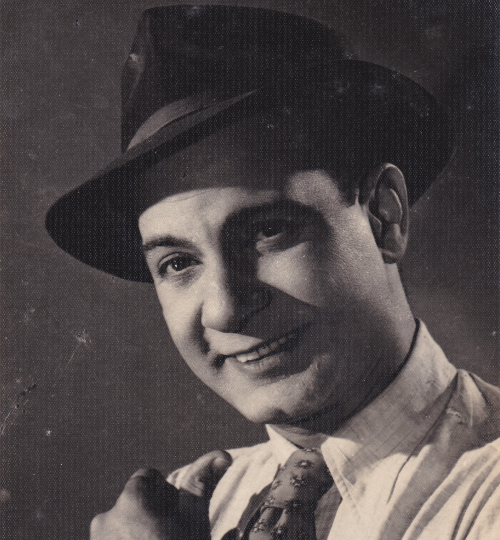
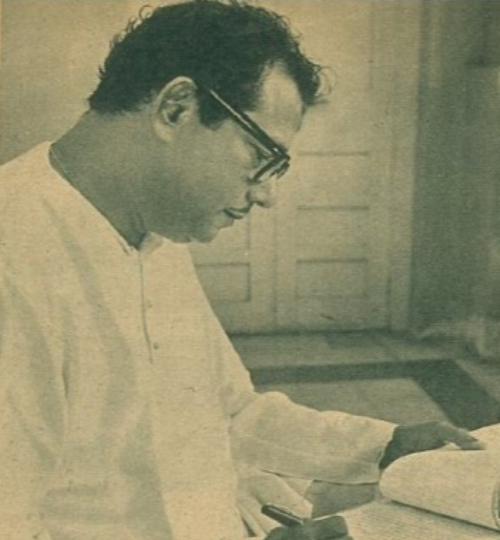

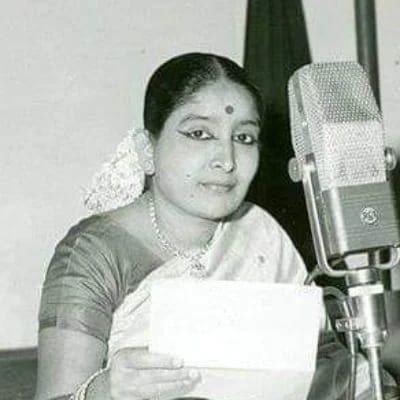
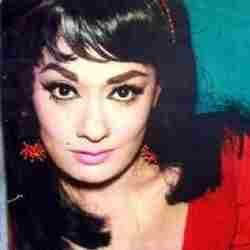

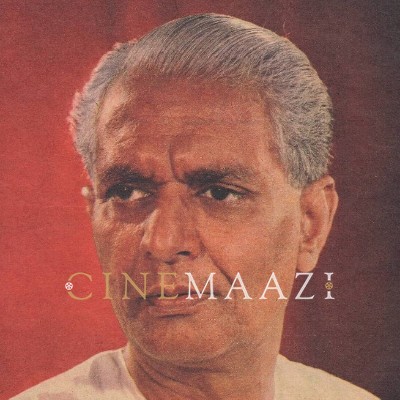
.jpg)


